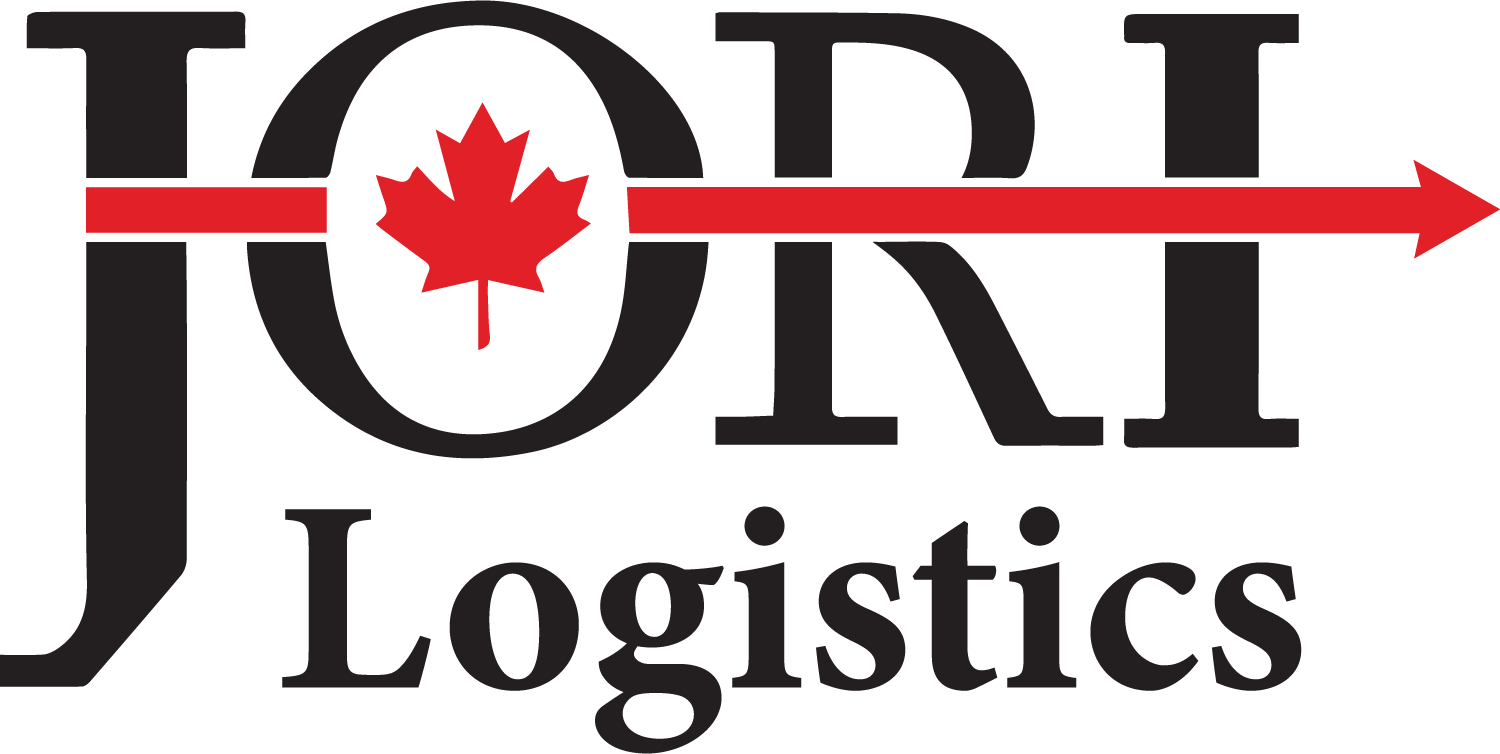Ocean Freight
Ocean Freight
Talk to an Ocean Freight Specialist at JORI
Why Ocean Freight is the Smart Choice
Ocean freight is the most cost-effective method for transporting goods globally, thanks to its ability to move large volumes at once. A single container ship can hold up to 24,000 containers. This large capacity greatly reduces the cost per unit, making shipping services like ocean freight far more affordable than air freight, especially for bulk shipments. It also allows companies to scale their operations efficiently, shipping large quantities at once without compromising on cost-effectiveness.
Beyond cost savings, ocean freight is also the more sustainable choice. Compared to air freight, it has a lower carbon footprint per ton-mile, making it a greener option for businesses looking to reduce their environmental impact. With innovations in low-sulfur fuels, optimized routing, and alternative energy sources, the industry is constantly working toward greater efficiency and sustainability.
While ocean shipping can seem complicated—especially when dealing with international vendors, language barriers, and logistics coordination—partnering with JORI Logistics makes the process seamless. Our team specializes in customized transportation solutions, ensuring that your shipments move efficiently while keeping costs low. Whether you need help with documentation, routing, or optimizing your supply chain, we’re here to simplify the journey and find the best fit for your business.
What Are The General Types Of Ocean Freight?
Ocean freight includes various types of vessels designed to handle different kinds of cargo. Each vessel type is suited for specific goods, ensuring efficient and safe transportation across the globe. Here are the main types of ocean freight vessels:
- Container Ships - These vessels are built to carry standardized cargo in large containers and primarily transport manufactured goods and products.
- Bulk Good Ships - Designed to carry unpackaged bulk goods, such as fertilizers, grains, coal, and raw materials.
- Break Bulk Ships - These ships handle oversized and heavy items that don’t fit into standard containers, such as heavy machinery, large equipment, and industrial goods.
- Roll On Roll Off Ships - Specifically designed to transport wheeled cargo that can be driven on and off the ship, such as cars, trucks, trailers, and buses.
- VLCC - Very Large Crude Carriers - Mostly used for oil shipping but can also handle products like residual fuel oil.
Freight Forwarder Vs Ship Broker
A freight forwarder handles the logistics for all kinds of shipments, from break bulk to containerized cargo. They take care of booking space, organizing transport, and handling customs, making the shipping process smoother. On the other hand, a ship broker focuses on chartering ships, either whole vessels or parts of them. They work with shipping companies to find the right ship for specific cargo types like break bulk, RoRo (roll-on/roll-off), or VLCC (oil tankers).
Ocean Container Freight:
Today, 90% of non-bulk cargo worldwide is efficiently transported by shipping containers, which have evolved to carry up to 21,000 TEUs and stretch as long as 400 meters (1,300 ft). Containers are designed to make global shipping more reliable, secure, and cost-effective.
There are two main types of ocean container freight:
Two types of ocean container freight are:
Less Than Container Load (LCL)
Is where you share a container with others, which works better with smaller volumes, usually ranging from 2 to 13 cubic meters (M3). While LCL can be cost-effective for smaller shipments, it is worht noting that there are often high fixed costs involved in areas such as trucking, documentation, warehousing, and port fees. LCL shipments typically go through a Container Freight Station (CFS), where goods are consolidated or deconsolidated, which can add additional handling time and costs. LCL can also lead to increased customer inspections, as your cargo is mixed with other shipments.”
Full Container Load (FCL)
With FCL, you use an entire container for your shipment, making it a better choice for larger loads. FCL shipping often provides cost savings for bulkier shipments and faster delivery since your cargo doesn’t need to wait for other shipments to fill the container. To get the most out of FCL, it’s important to maximize container space to optimize shipping costs.
Factors That Affect Ocean Freight Rates
Several factors can influence the cost of ocean freight:
Fuel Prices: Fluctuations in fuel costs can directly impact shipping rates.
Peak Seasons: High-demand periods (like holidays) often lead to higher rates.
Container Shortages: Limited container availability can drive up costs.
Trade Routes: The distance and popularity of specific routes can affect pricing.
Global Events: Events like Panama Canal droughts or geopolitical issues can disrupt shipping and increase costs.
How Ocean Freight Works – Step-by-Step
Booking the Shipment:
Choose between LCL or FCL and book your cargo with a freight forwarder or shipping company.Preparing the Goods:
Pack, label, and prepare necessary documents like the bill of lading and customs forms.Transport to the Port:
Goods are transported by truck to the port for loading onto the ship.Ocean Transit:
Cargo is shipped across the ocean to the destination port.Arrival and Customs:
At the destination, goods are unloaded and undergo customs clearance.Final Delivery:
Once cleared, goods are transported to their final destination, such as a warehouse or distribution center.
What Is Drayage?
Drayage is the short-distance transportation of goods, by truck, between port, rail terminal, or other cargo hub. This is a crucial link in the supply chain, connecting larger transport networks such as ports and railways to final delivery points like warehouses, or distribution centers.
Rent Vs Own A Container
In the ocean freight world, the vast majority of cargo is moved in carrier-owned containers (COC). This approach generally offers cheaper rates compared to using shipper-owned containers (SOC). Shipper-owned containers are mainly used for remote locations.
